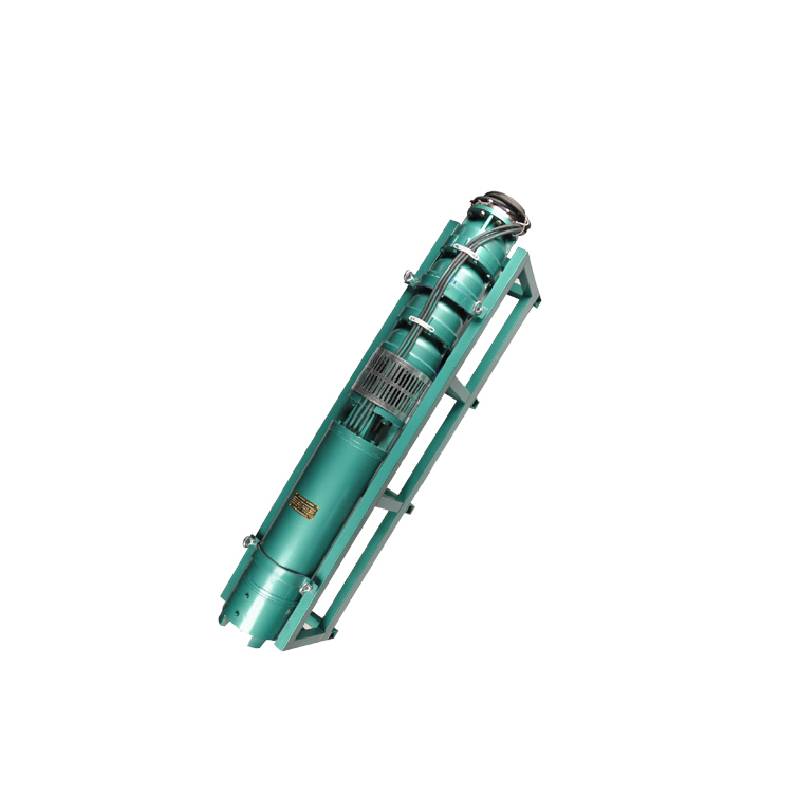Aug . 13, 2024 13:06 Back to list
Exploring the Benefits and Applications of Submersible Booster Pumps in Modern Water Systems
Submersible Booster Pumps Enhancing Efficiency in Fluid Management
Submersible booster pumps play a crucial role in various industrial, agricultural, and municipal applications. Designed to operate underwater, these pumps are engineered to lift fluids from lower levels to higher elevations, making them an essential component in many fluid management systems. Their design and functionality offer a blend of efficiency, reliability, and versatility, catering to a broad spectrum of needs.
What Are Submersible Booster Pumps?
Submersible booster pumps are motor-driven devices that are submerged in the liquid they are meant to pump. Unlike traditional pumps that operate above the fluid surface, submersible pumps work from below, which allows them to push fluid to the surface rather than pulling it. This design minimizes the risk of cavitation, improves efficiency, and reduces the effort required to move the fluid upward.
Typically used in applications where water needs to be moved from a well or a deep reservoir to elevated storage tanks or distribution systems, these pumps can handle various fluids, including clean water, sewage, and other liquids. Their versatility is one of the main reasons they are widely used in agriculture for irrigation, in municipal systems for water supply, and in construction sites for dewatering purposes.
Advantages of Submersible Booster Pumps
1. Efficiency One of the primary advantages of submersible booster pumps is their ability to move fluids with minimal energy expenditure. Being submerged allows for less hydraulic loss, making them more efficient than surface-mounted pumps.
2. Space-saving Design Submersible pumps are compact and can be installed in areas where traditional pumps would require more space or are unfeasible. This allows for efficient use of available space, particularly in urban settings or agricultural fields.
submersible booster pump

3. Reduced Noise Levels Since these pumps are submerged, operational noise is significantly reduced. This is particularly beneficial in residential areas or quiet environments where noise pollution is a concern.
4. Longevity and Low Maintenance Submersible booster pumps are designed to resist corrosion and wear due to their underwater operation. Many models feature protective casings and seals that enhance their lifespan and reduce the need for frequent maintenance.
Applications of Submersible Booster Pumps
Submersible booster pumps are employed in a variety of applications. In agriculture, they are widely used for irrigation purposes, ensuring that crops receive adequate water supply. In residential settings, they play an integral role in basement drainage systems, preventing flooding during heavy rains.
Municipal water systems benefit from these pumps as they facilitate the transfer of water from reservoirs to treatment plants or distribution systems. In the construction industry, submersible pumps are essential for dewatering excavations, keeping job sites dry and safe for workers.
Conclusion
Submersible booster pumps are an invaluable asset in fluid management, providing efficiency, reliability, and versatility across numerous applications. With their ability to accommodate various fluid types and their design that enhances operational efficiency, submersible pumps are integral to modern infrastructure. As industries continue to evolve, the demand for innovative pumping solutions will undoubtedly grow, positioning submersible booster pumps as a sustainable and efficient choice for the future.
-
Submersible Water Pump: The Efficient 'Power Pioneer' of the Underwater World
NewsJul.01,2025
-
Submersible Pond Pump: The Hidden Guardian of Water Landscape Ecology
NewsJul.01,2025
-
Stainless Well Pump: A Reliable and Durable Pumping Main Force
NewsJul.01,2025
-
Stainless Steel Submersible Pump: An Efficient and Versatile Tool for Underwater Operations
NewsJul.01,2025
-
Deep Well Submersible Pump: An Efficient 'Sucker' of Groundwater Sources
NewsJul.01,2025
-
Deep Water Well Pump: An Efficient 'Sucker' of Groundwater Sources
NewsJul.01,2025
-
 Submersible Water Pump: The Efficient 'Power Pioneer' of the Underwater WorldIn the field of hydraulic equipment, the Submersible Water Pump has become the core equipment for underwater operations and water resource transportation due to its unique design and excellent performance.Detail
Submersible Water Pump: The Efficient 'Power Pioneer' of the Underwater WorldIn the field of hydraulic equipment, the Submersible Water Pump has become the core equipment for underwater operations and water resource transportation due to its unique design and excellent performance.Detail -
 Submersible Pond Pump: The Hidden Guardian of Water Landscape EcologyIn courtyard landscapes, ecological ponds, and even small-scale water conservancy projects, there is a silent yet indispensable equipment - the Submersible Pond Pump.Detail
Submersible Pond Pump: The Hidden Guardian of Water Landscape EcologyIn courtyard landscapes, ecological ponds, and even small-scale water conservancy projects, there is a silent yet indispensable equipment - the Submersible Pond Pump.Detail -
 Stainless Well Pump: A Reliable and Durable Pumping Main ForceIn the field of water resource transportation, Stainless Well Pump has become the core equipment for various pumping scenarios with its excellent performance and reliable quality.Detail
Stainless Well Pump: A Reliable and Durable Pumping Main ForceIn the field of water resource transportation, Stainless Well Pump has become the core equipment for various pumping scenarios with its excellent performance and reliable quality.Detail
